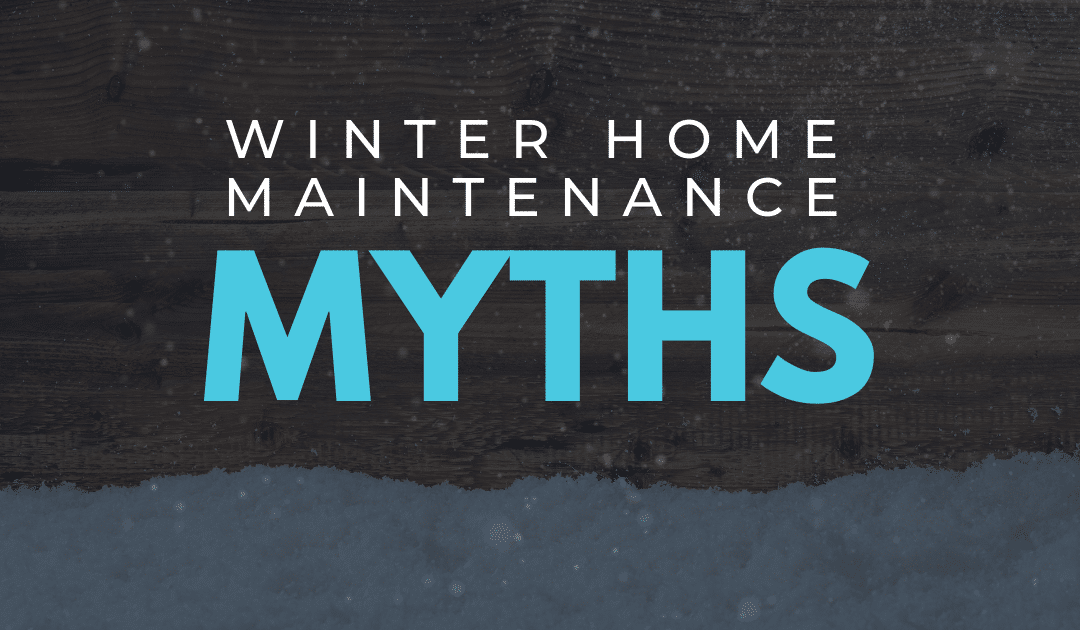Tomato juice is the best way to de-funk a skunked dog. Newspapers are the top choice for getting your windows sparkly clean. You’ve probably heard these tips a million times before? Too bad they don’t actually work!
When it comes to maintaining your home, the last thing you want is to follow myths that don’t work. We’ve rounded up 6 wintertime home maintenance myths that not only aren’t true – but could actually cause damage or a false sense of safety. To save you research time, we’ve also included what to do instead.

Use kitty litter to prevent slipping on ice – The idea is that putting litter on icy walkways and driveways will reduce the slickness by giving some grit to the surface. In actuality, litter really isn’t effective and mostly just ends up making a mess.
Do this instead – Use clay sand – the kind you’d find in a children’s sandbox – to add traction to the surface of the ice and reduce the risk of slipping. It’s cheaper and more effective than litter or the other common go-to’s. Also note that ice melting products, including various salts, are destructive to plants, surfaces, and sometimes pets as well.
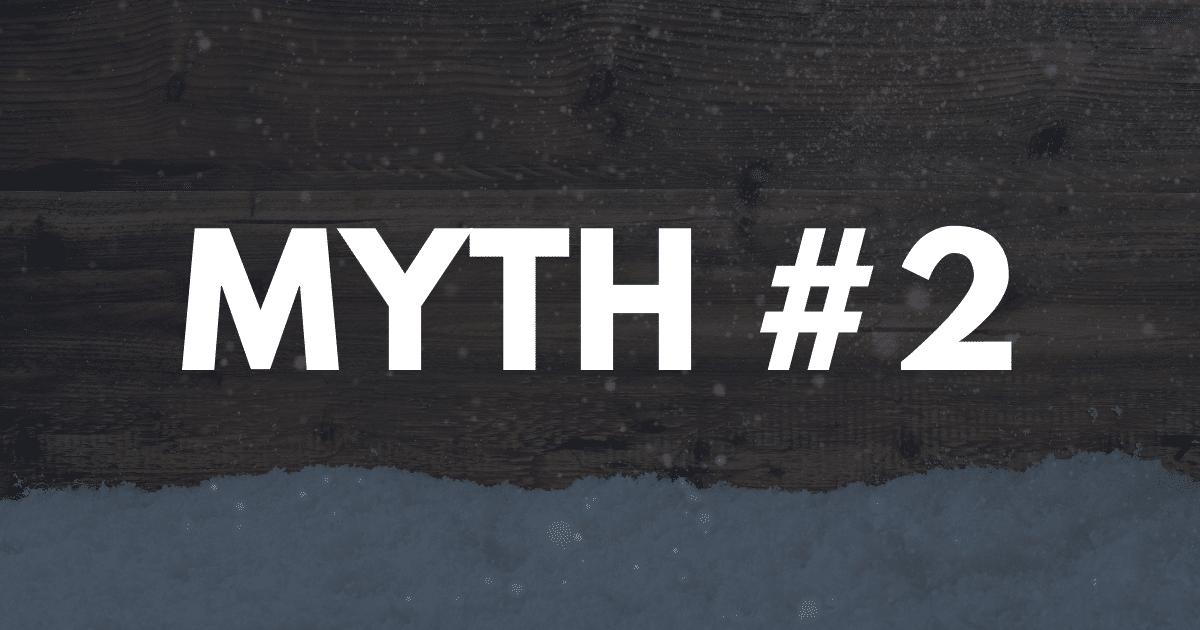
Your smoke detector’s test button is all you need for a test – We all know we’re supposed to test our smoke detectors monthly. That usually means pressing the “test” button until you hear an ear-piercing, loud siren from the detector. The thing is, the test button just checks to make sure that the batteries and the alarm sound are working, not the sensor that detects smoke.
Do this instead – To make sure you’re testing for smoke sensitivity, you should test with actual smoke. Light a long wooden kitchen match (or 2-3 small ones if that’s not available), then blow out the flame, holding it up so the smoke wafts up to the unit. If the unit doesn’t sound from the smoke, replace it immediately.
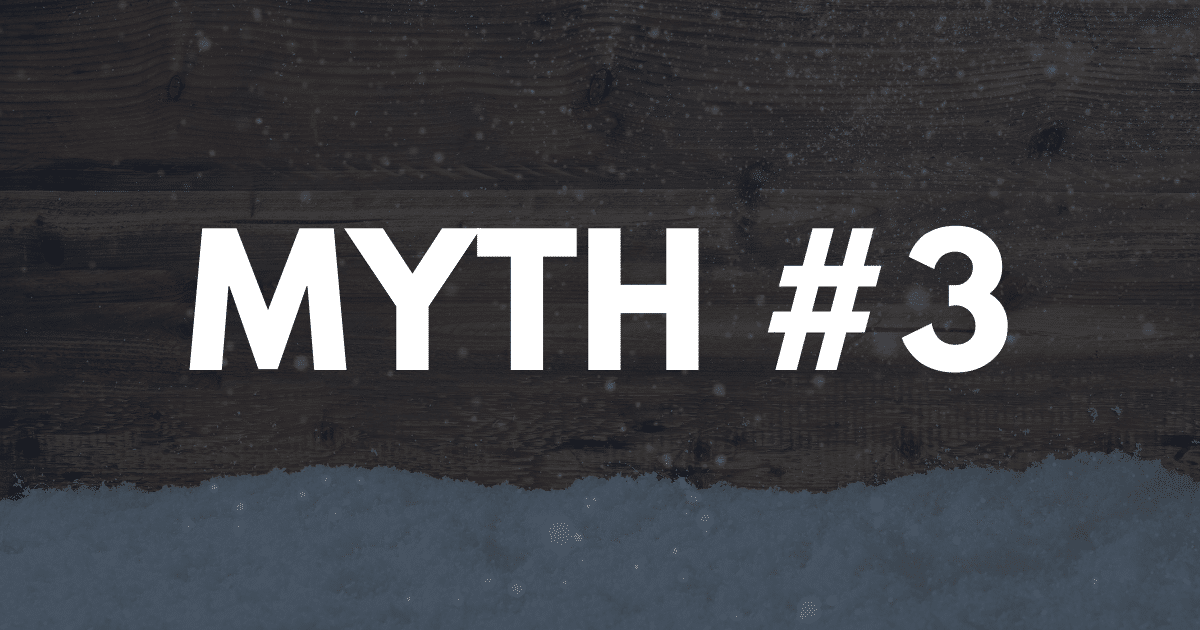
Turn off your heat when not at home – Turning off the heat when you’re out of the house seems like an obvious time and money saver. Turns out that this “best practice” is faulty – and can put your home at risk for frozen and burst pipes, among other damage.
Do this instead – Whether it’s leaving for a whole day, a weekend trip, or even a longer winter vacation, make sure you leave the thermostat set to 55 deg F or higher. If your thermostat has multiple settings, make sure you choose the “permanent/vacation hold” so that it’s not overridden the next day to resume to normal temperatures. Leaving your heater on will also prevent it from having to work extra hard upon your return.
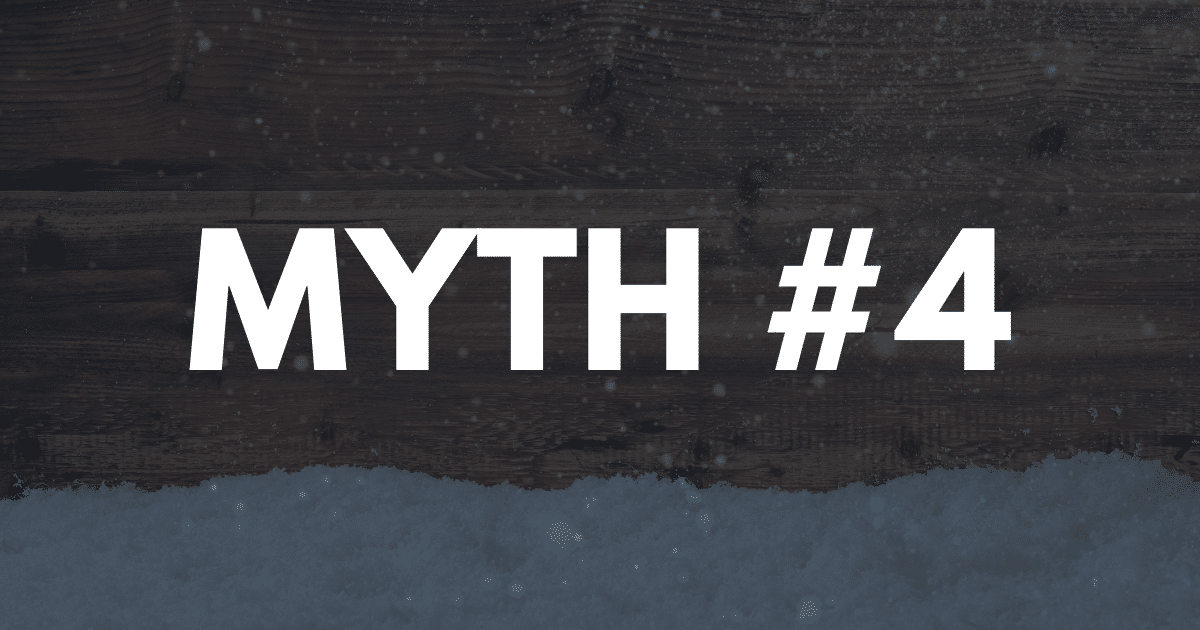
The more insulation, the better – Attic insulation is one of the most cost-effective ways to save energy in your home. So, the thinking goes: more must mean better. Some homeowners end up stuffing their attic full of the fluffy stuff, not knowing they’re dialing down its effectiveness.
Do this instead – Figure out the sweet-spot amount for your attic space. In order for insulation to do its job, its surface needs to be surrounded by air space. So, avoid forcing it into wall cavities so much that it becomes compacted. Also, too much in the main attic space can block ventilation of the soffit and eaves, creating prime conditions for condensation, mold, and eventually rot.

Thaw a frozen pipe quickly with a blowtorch – This myth also has versions starring matches, candles or lighters. Unfortunately, none of these is safe, and all can cause more damage to the pipe. In short, remember never to use an open flame of any sort on a frozen pipe.
Do this instead – A standard, everyday hairdryer is your go-to secret weapon for thawing freezing pipes. You can also use a space heater or heat lamp, but the dryer allows you to sweep, angle, and vary the heat source much easier. For tips on preventing frozen pipes in the first place, check out our post here.
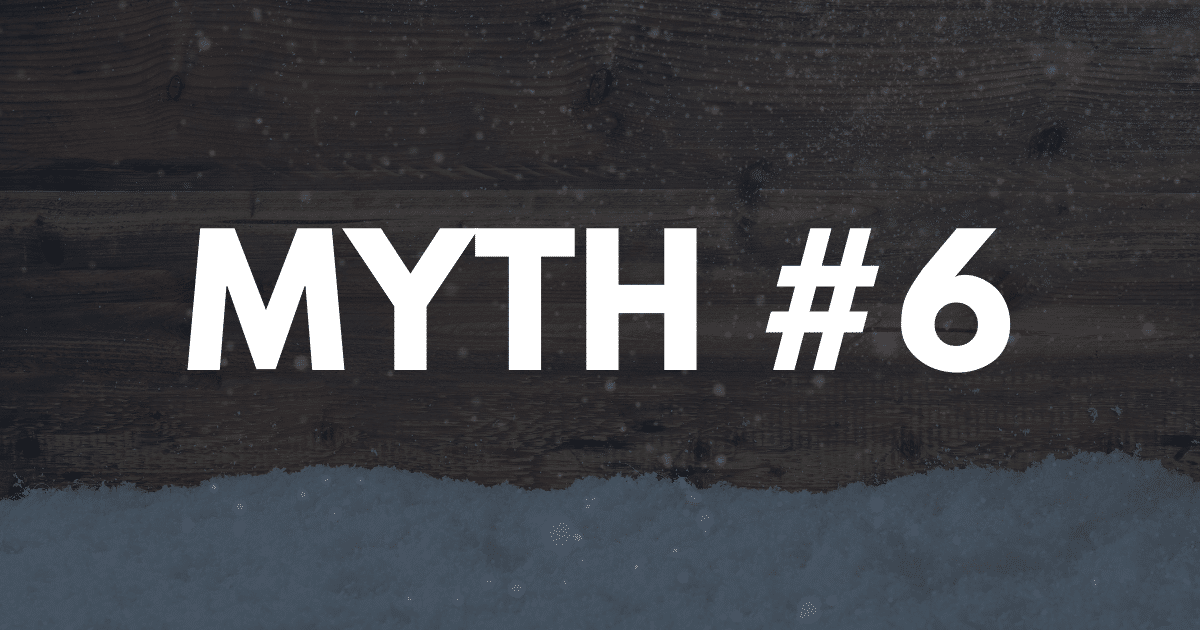
Hot water defrosts windshields fastest – No doubt about it – being delayed by a frozen windshield in the morning is one of winter’s worst annoyances. Many people reach for hot water, wanting to defrost the glass as quickly as possible. Unfortunately, pouring (or even trickling) hot water on your windshield puts you at huge risk for cracking that glass.
Do this instead – First, remove the bulk of the ice with a soft brush or plastic ice scraper. Next, warm it up slowly using lukewarm water, your car’s defroster, and/or even your air conditioning (seriously!). Check out all 5 of our quick tips for windshield defrosting here.
By replacing de-bunked winter maintenance myths with proven strategies, you’ll probably dodge some avoidable damage or even repair costs (at the very least, time and energy). But don’t stop there – pay it forward by passing on your newfound wisdom to friends, family, and neighbors!
This article is furnished by California Casualty, providing auto and home insurance to educators, law enforcement officers, firefighters, and nurses. Get a quote at 1.866.704.8614 or www.calcas.com.
- Graduation – When to Remove Your Child from Your Auto Policy - May 18, 2023
- How to Prevent Catalytic Converter Theft - May 17, 2023
- How Much Does Home Insurance Cost? - May 17, 2023

